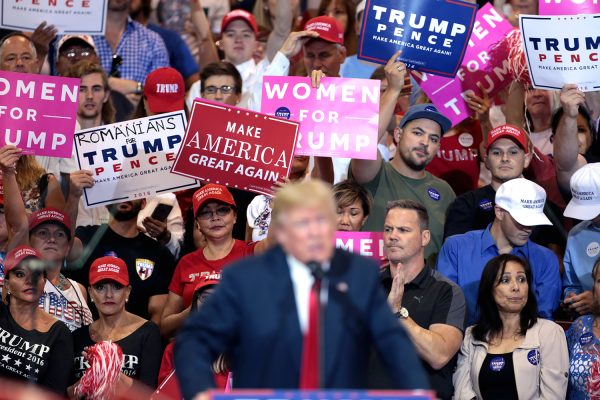
Shocking though Donald Trump’s victory was, looking back we can see how his presidency is the culmination of trends, some of which have been decades in the making:
- Polarization: The sorting of American voters into two ideologically homogenous parties.
- Urban-rural split: The Electoral College and Senate give more power to the conservative countryside at the expense of liberal cities.
- Imperial presidency: The executive has accumulated power at the expense of other branches of government, raising the stakes in presidential elections.
- Politicization of the courts: Presidential appointments of federal and Supreme Court judges undermine the perceived impartiality of the courts, which in turn weakens the rule of law.
- Overreliance on the military: Foreign policy is now run by generals, not diplomats. The military has its own hospitals. It plays a crucial role in disaster relief. It may not be long before the Army Corps of Engineers is asked to fix America’s broken infrastructure.
Remedies
Many of these trends are intractable, but there are things Americans can do:
- Break up the two-party system: Introduce multi-candidate congressional districts or runoffs.
- Give cities more power: Changing the composition of the Senate may be a bridge too far, but the Electoral College can be expanded to more accurately reflect the distribution of voters.
- Congress needs to step up: Lawmakers have allowed the executive branch to balloon and the president to claim too many prerogatives. Congress must return to its proper constitutional role, especially in terms of budgeting and declaring war.
- Take judicial appointments out of the hands of politicians: In most other democracies, judges appoint their own.
- Invest in the Foreign Service: Instead of gutting it. As Defense Secretary James Mattis put it, “If you don’t fund the State Department fully, then I need to buy more ammunition ultimately.”
- Ban recent veterans from high office: To safeguard civilian control of the military, the Defense Department bars officers from serving as secretary of defense for seven years upon retirement. (Congress made an exception for Mattis.) This should be expanded to all cabinet and cabinet-level positions.
